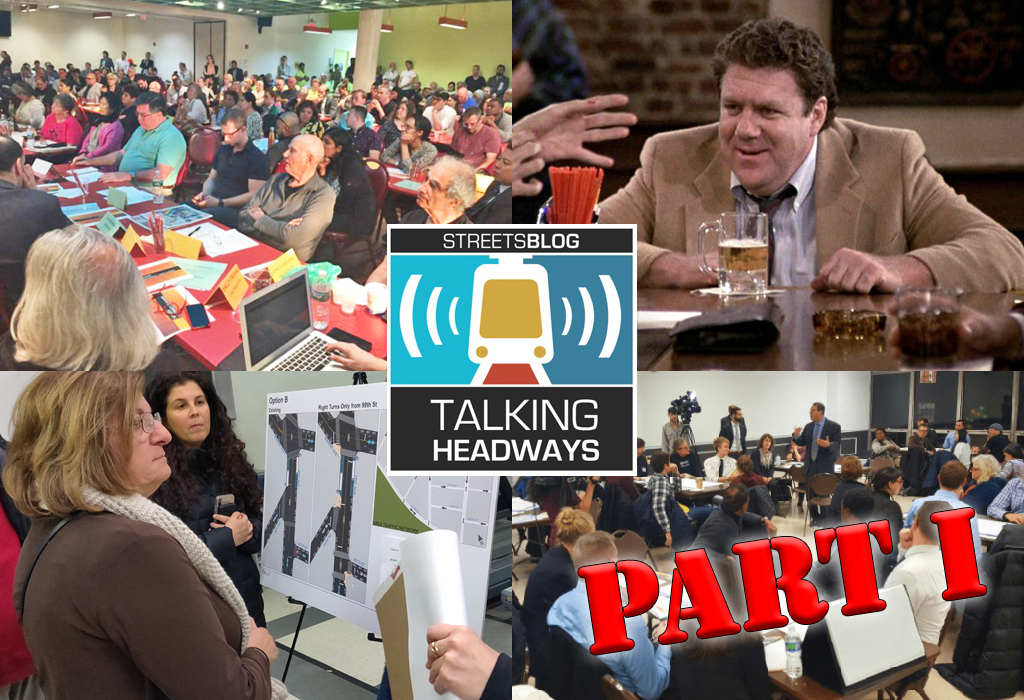This week, we’re unveiling part one of a one-to-one conversation between David Longoria of LISC in Phoenix and Ryan Winkle of RAIL CDC. They discuss the community work they are doing in Mesa along the light rail line and the impact their work has on local businesses.
An edited transcript of their conversation is below the audio player, but if you want a full unedited transcript, click here.
David Longoria: I worked for 13 years in Pima County, down in Tucson. I cut my teeth working in the City of South Tucson in densely populated, predominantly Spanish speaking communities, also native and indigenous communities. And I had a mentor who was a county supervisor down there by the name of Dan Eckstrom and who taught me everything I know about organizing and getting people together and empowering them with the tools that they need to self-determine.
And going into a lot of what you're talking about with the platicas is like going in and not telling them what we think they need, but rather just asking them and just listening. That simple act of listening is so important and it's so powerful and it goes such a long way in building that trust.
Ryan Winkle: Right? I mean, and the reason why I brought that up is because when you're looking at a city role, it would be awesome if cities really work to empower neighborhoods, but for them it's more, "Hey, we gotta function as a city. I’m gonna outreach to you, I’m gonna throw some flyers at your door and tell you some opportunities that are coming up. But, there's 200 other neighborhoods out here, I gotta throw flyers with them, too." And so for them, we're just recognizing that it's maybe not their job to do that. Right? And then there's the groups that are a little bit larger, like maybe, I don't know what you would call them, but these nonprofits who've been around forever, and CDCs and nonprofits and these structural things. It is not lost on me that they are used to control and put neighborhoods down a lot of times. Right? They're part of structural racism. They're part of all these things that happen. Right?
So I'm not trying to say that by any means our CDC is the savior. Because I learn every day that I don't know a lot of things. There are the engagement people. They're like, "Hey, we need to fix your neighborhood. I need you to help me do this to your neighborhood. We're gonna do a mural to your neighborhood. Come with me, let's do it." That's the engagement folks, right? Yeah. And we like to push past that and say, "No, we are the empowerment people." I like doing it. I like being there. I love like the power and the feeling that's there.
But really what I want is some neighborhood leader or our mural guy, David Martinez, who's now become one of our businesses side also, but he picks up and does murals. He gets the community to come out. A bunch of kids, and you know we work with the Boys and Girls Club and Danny on Grand and all these people that I can just name that I would probably never know, but now there're somebody on that place.
David Longoria: That's cool. And I think you've touched upon something that's really pivotal there, which is the magic's already in these communities, right? These folks, they live and work and play and worship and do all the things already in these places. It's really about you bringing it out of there almost like it's an extraction process, right? The building of that trust is then over time bringing this out. And that's where the real spark is. And where the real magic happens is where these local neighborhood leaders who were there all along are the ones who are coming out and really doing all of that work and really driving so much of the action behind that empowerment and that decision-making process.
Ryan Winkle: One of the funny things I remember even in the downtown kind of area, I was eating at one of the restaurants yesterday and one of the shop owners was like, "Oh, you know all us business owners we've always been getting together and we know each other. We're like a family down here." And I'm like, "Oh yeah, I know." I remember I used to be the one walking from door to door saying, "How's business today? What's going on? You know, are we hanging out this week with this group and blah blah." So yeah, I know; I remember how it happened. I remember that was when that was our work Right? Trying to keep business in line when the light rail was coming through and they had it torn up and you couldn't even enter the front door.
The fact that you can go down and be Norm [from "Cheers"] somewhere. I used to always say that everyone wants to be Norm. If you wanna win over a community, you just have to make everyone feel like their Norm. Right?





